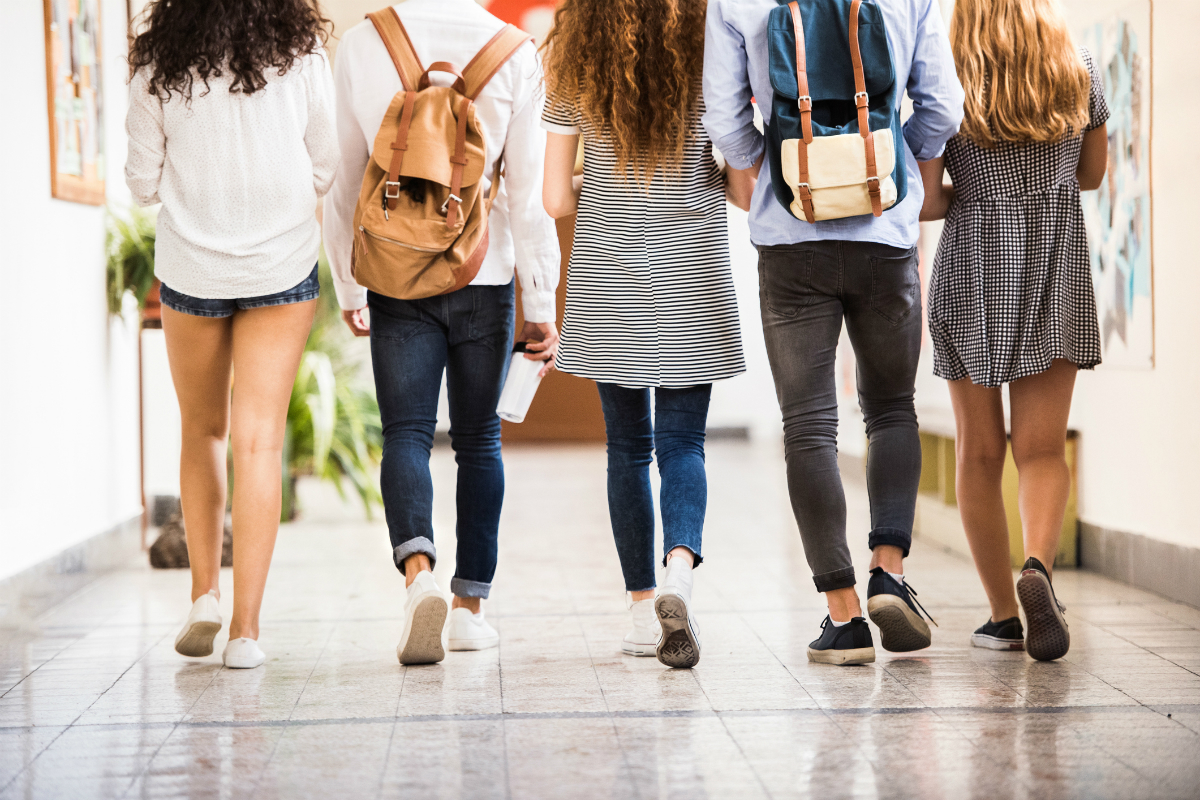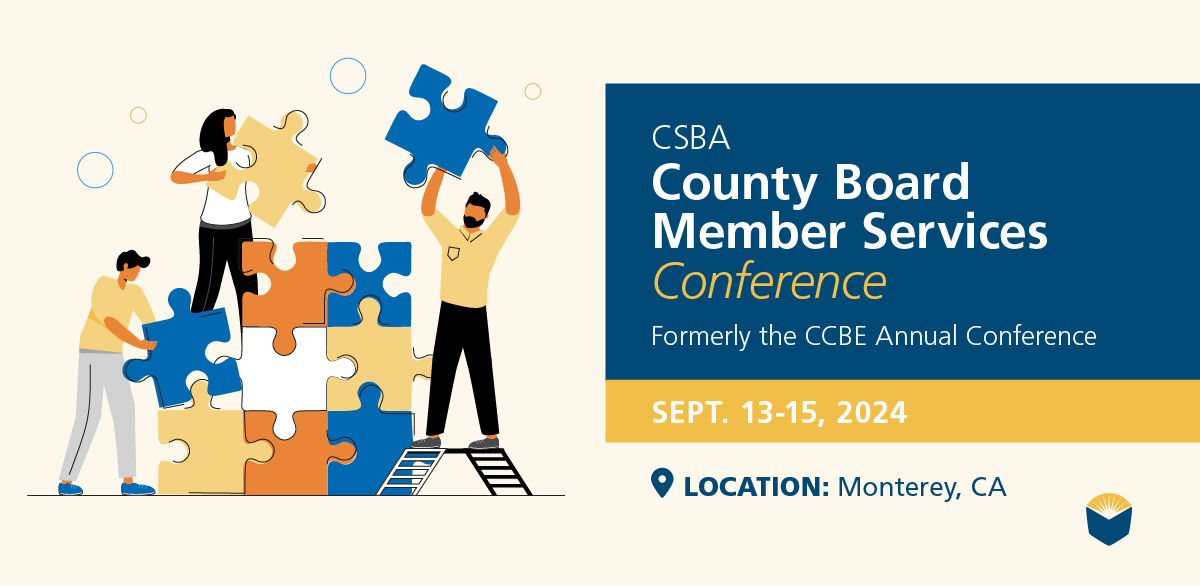The Orange County Department of Education on May 24 hosted an online colloquium in recognition of Asian American and Pacific Islander Heritage Month, “Know My Name, Face and Story.” The forum brought together a panel of distinguished speakers who shared their personal stories and perspectives on what it means to be Asian American — with speakers emphasizing the many ethnicities and cultures that make up the monolithic category.
“As we celebrate AAPI Heritage Month, it must be noted that the category of Asian American and Pacific Islander is an extremely broad one,” said OCDE Superintendent Al Mijares, who moderated the online event. “The AAPI designation includes approximately 50 distinct ethnic groups speaking more than 100 languages. Suffice it to say it would be impossible to provide a complete picture of such diverse cultures and communities.”
Mijares noted that even in an area with a large population or residents of Asian descent, the latest California Healthy Kids Survey found that only 37 percent of AAPI students answered yes when asked if there are teachers or other adults in their school care about them, which is the lowest percentage for any other student group. “How can we provide them with a greater sense of agency as we guide them along the path to their futures?” Mijares asked. “I believe it starts with us as educators making it a point to know the names, faces and stories of every student we serve.”
Jeff Kim, a teacher in the Anaheim Union High School District and lecturer at California State University, Fullerton, shared his experience as a second-generation Korean American who didn’t really know his own story until he studied in college. He lacked teachers that looked like him growing up and recent developments have spurred him into action to help ensure future generations will know their histories. Kim is creating an Asian American history course for the district.
“In California, we face two pandemics — the first is COVID-19, and the second is a surge in anti-Asian racism. And that violence has continued to increase. In 2020, there was an 1,800 percent increase in violence toward Asian Americans in Orange County,” he said. “I think many of our young people have not had a chance to know their own stories and when students don’t know the story of a group, it doesn’t mean there’s an absence of knowledge, but often, what is in its place, are characterizations, bias, stereotypes.”
Several panelists spoke about the harm of the model minority myth, and how it creates a false narrative and results in equity issues. Kimmie Tang, a professor of Special Education at Biola University, shared her story of escaping with her family from the killing fields of Cambodia, literally escaping through fields littered with landmines. Upon her arrival to the U.S., she was paired with a Chinese tutor who spoke Cantonese — not a dialect spoken by Tang. When she struggled with learning, the tutor told her she was an “embarrassment to Asians.”
“This model minority myth has kept Asian Americans and Pacific Islanders out of important equitable and important conversations and held members of the community back from equal opportunities in academia, in the workforce and even access to support systems,” said Tang. “The model minority myth is a misconception that all Asians are regarded as economically and academically successful regardless of their ethnic cultural background or their language abilities and so forth. Words can have an influence on silencing and invisibility.”
Isaac Huang, California Association of Asian and Pacific Leaders in Education executive board chairperson and principal in the Conejo Valley Unified School District noted that the Biden Administration had just declared May as Asian American, Native Hawaiian and Pacific Islander Heritage Month. He also noted how disaggregation of data is an equity issue, pointing to the 60 percent variance between subgroups within the Asian American demographic category. While Asians of Indian descent have 70 percent educational attainment and Malaysians are at 63 percent, people of Hmong descent are at 13 percent and Laotians at 10 percent. “It is such a big, diverse gap that we really can’t have this one notion of what exactly is Asian American subgroup data.”
The final panelist was a student from Segerstrom High School in Anaheim Union HSD. She spoke about how she has felt privileged to grow up in Orange County, due to its rich population of people of Asian descent. “I grapple with the adequacy of the label ‘Asian American,” said Avery Ngo. “On one hand, it’s a label of empowerment, of community and our coalition has brought critical policy reform and change and advocacy. But, simultaneously, it homogenizes those of different origins and in the process … minimizes individual cultural histories. It’s something I have really had to think about because I live in OC where there is such a diverse population of people of Asian descent.”
She spoke about how her worldview has changed since the onset of the COVID-19 pandemic and the rise in anti-Asian violence. “It’s been a deeply traumatizing experience,” she said. “When I see, so quickly, fellow Americans who have turned against us during this time of difficulty, I see how precarious our position really is — contingent on our ability to promote a certain narrative, whether it is as the model minority or as someone to blame for the pandemic.”
However, Ngo has found hope in classrooms becoming more inclusive in teaching Asian history and she has been invited to speak at several forums. “Sharing our stories in community spaces such as this one has fostered so much understanding,” Ngo concluded.





